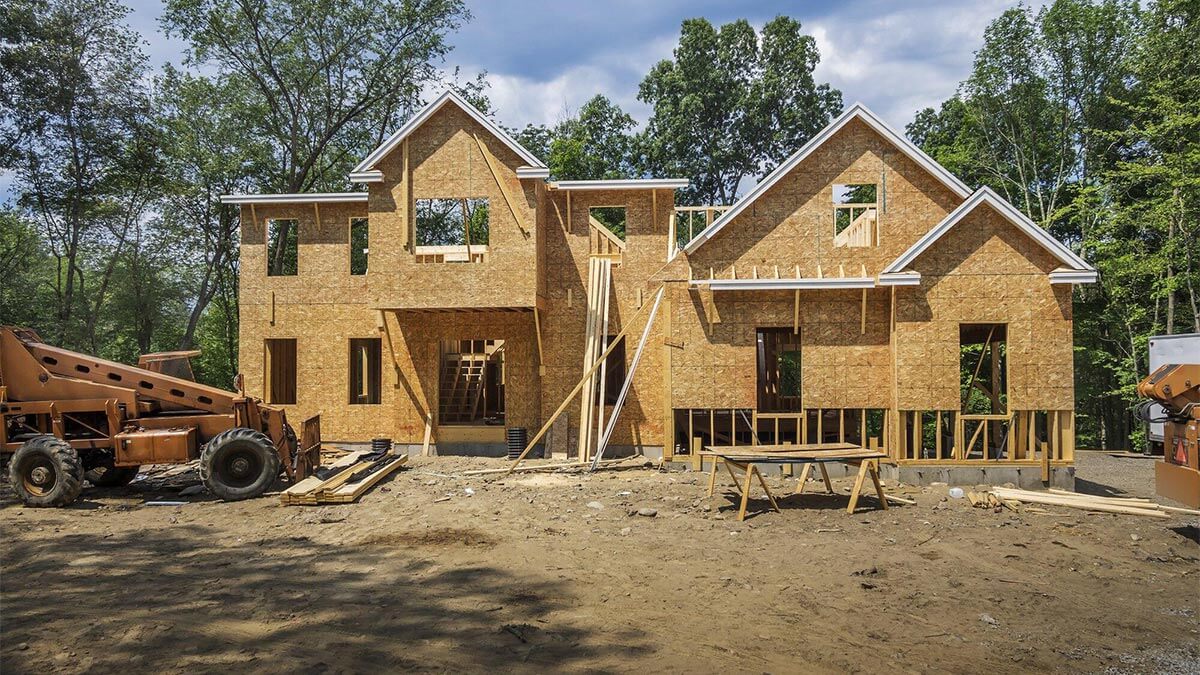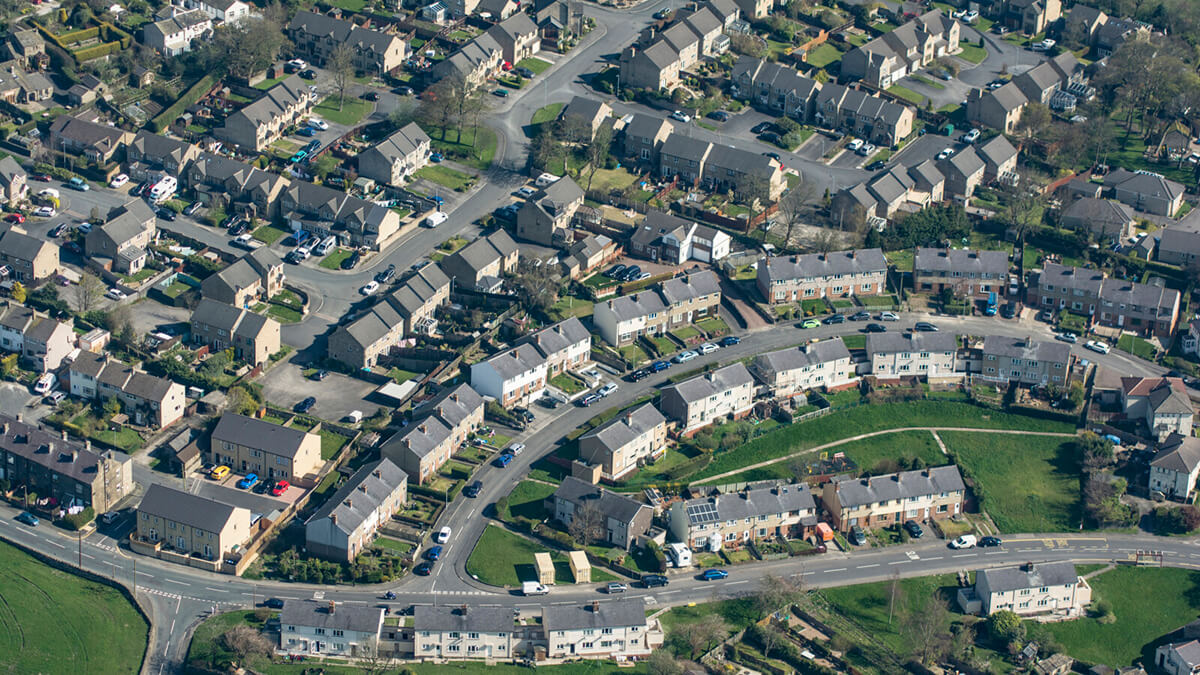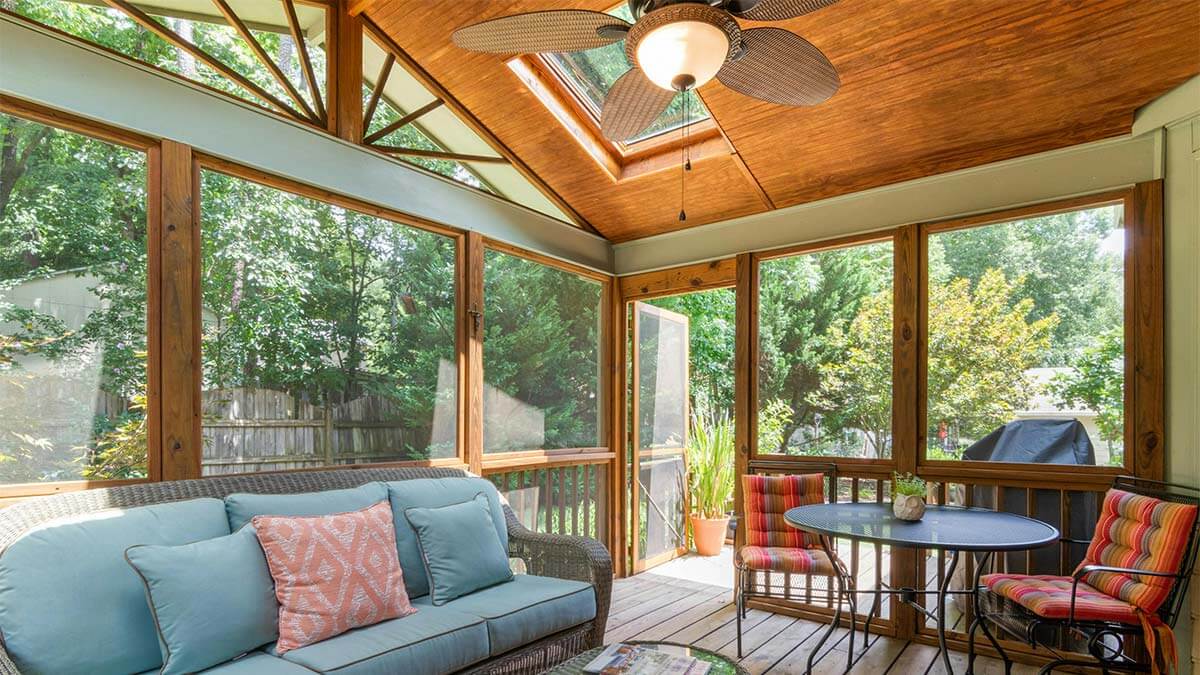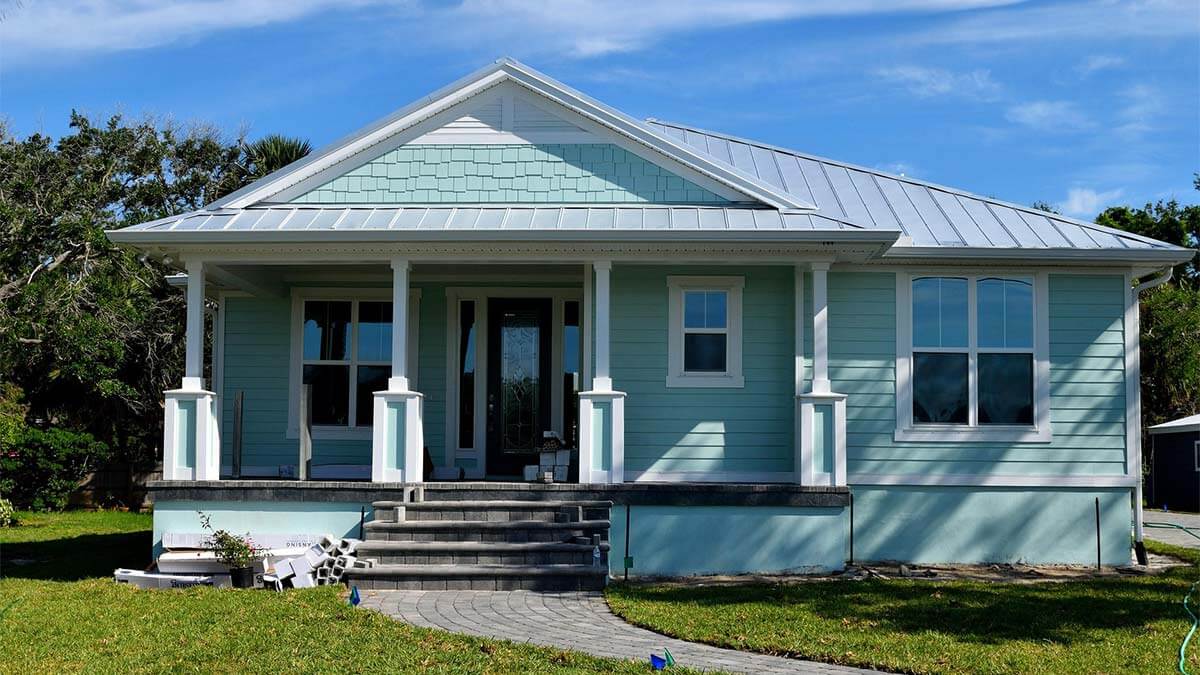You’re looking to build a new house in Indiana. Congrats!
But understanding the cost to build a house in Indiana is a complex but important step. It involves more than just the price of materials; it’s a complex puzzle made up of various pieces that altogether define the final cost.
But not to worry, we’ve got you covered. Today we’re breaking down everything you need to know about the cost of building a house in Indiana.
Keep reading!
Compare Cash Offers from Top Home Buyers. Delivered by Your Local iBuyer Certified Specialist.
One Expert, Multiple Offers, No Obligation.
Construction Costs
So what does it cost to build a house in Indiana?
Labor costs are a significant part of the equation, influenced by the availability and demand for skilled workers in the area. The cost of materials also plays a vital role, and this can fluctuate depending on market trends and the quality of materials chosen.
For instance, opting for high-end finishes or more durable materials can drive up the overall cost.
Additionally, the construction method itself, whether it’s a traditional stick-built home or a more modern modular approach, affects the final price tag. Modular homes, often being more cost-effective, can offer savings in both time and money.
Currently, the construction landscape in Indiana shows a diverse range of costs per square foot for residential construction.
These costs can vary widely based on the location within the state, the complexity of the design, and the current market conditions, including the fluctuating prices of materials and labor.
The cost per square foot to build a house in Indiana is around $109 per square foot, but this is just a ballpark figure.
It can increase substantially for custom-designed homes or decrease for more modest, straightforward designs.
Land and Lot Costs
Acquiring land or a lot in Indiana for building a home is a critical first step, and its cost can vary widely based on several factors. One of the most influential factors is the location.
Maybe you recently sold your house and are looking to build in the same area. Land in urban areas or in sought-after suburban neighborhoods often commands a higher price due to the demand and availability of nearby amenities.
In contrast, rural areas might offer more land at a lower cost, but this could come with trade-offs in terms of accessibility to services and infrastructure.
The size of the lot is another key determinant of price. Naturally, more acreage typically means a higher price, but this also depends on the land’s quality and usability.
Zoning regulations also play a crucial role in land costs and the feasibility of building a home. These regulations dictate what can be built on the land, which can significantly impact its value.
For example, land zoned for residential use might be more expensive than land zoned for agricultural use. Prospective buyers need to consider these zoning laws carefully to ensure that their planned construction is permissible.
Additionally, it’s important to factor in other potential costs associated with the land, such as the need for clearing, grading, or improving access.
Permitting and Regulatory Fees
When building a house in Indiana, an essential part of the process involves navigating the world of permitting and regulatory fees.
These fees are set by local municipalities and authorities to ensure that construction projects comply with various building codes, zoning laws, and safety standards. The cost and types of permits required can vary significantly depending on the location within the state.
Securing the necessary approvals involves several steps. Firstly, a building permit is typically required before any construction begins.
This permit ensures that the planned construction meets local building codes and standards. In addition to this, there might be specific permits for electrical, plumbing, or mechanical work.
The cost of these permits usually depends on the scope of the project, with larger, more complex builds requiring more extensive and thus more costly permitting.
Plus if the property is located in a special zoning area, like a historical district or a coastal zone, additional permits or approvals may be necessary.
Home builders should also be prepared for inspections at various stages of construction, which are required to maintain compliance with the permit conditions.
Design and Architectural Costs
Hiring an architect to bring your design dreams to life is a major part of the process.
Architects in Indiana charge for their services in several ways, including a flat fee for the entire project, a percentage of the total construction costs, or an hourly rate.
The choice of payment method can depend on the architect’s preference and the nature of the project. Typically, for a custom-designed home, architectural fees can represent a significant portion of the overall budget.
The complexity and customization of the design are key factors that influence these costs. A straightforward, simple design without many custom features will generally be less expensive than a more complex layout with unique, custom elements.
More experienced architects or those with a well-known reputation might charge more, but they can also bring a level of skill and creativity to the project that can be invaluable.
Investing in good design can not only make a home more enjoyable to live in but can also add to its long-term value.
Utilities and Infrastructure
When building a new house in Indiana, the costs of utilities and infrastructure are vital components often overlooked in the initial planning stages.
These expenses can vary greatly depending on the location of the property and the availability of existing infrastructure.
For instance, connecting a house to water, electricity, gas, and sewage systems in urban areas where these services are readily available might be less costly compared to more remote or rural areas where such infrastructure is not as developed.
In urban settings, the main expense typically involves the fees charged by utility companies for connecting the new house to the existing grid. These costs can be straightforward but vary based on the local policies of the utility companies.
In rural areas, however, the challenge and cost can increase significantly. For example, if there’s no existing connection to municipal water or sewage systems, homeowners might need to consider drilling a well for water and installing a septic system for sewage, both of which can be costly undertakings.
Additionally, extending electrical and gas services to a remote location can be an expensive process, as it often involves laying new lines over a considerable distance. Homeowners need to research these costs thoroughly and include them in their overall budget.
Interior Finishes and Features
The interior finishes and features are what truly turns a house into a home, adding personality and function to the space. However, these elements can also significantly impact the overall budget of building a house in Indiana.
Costs in this category include flooring, cabinetry, countertops, and other custom features that define the interior’s look and feel. The price of these items varies greatly depending on the materials chosen and the level of customization desired.
For flooring, options range from affordable vinyl or laminate to more expensive hardwood or tile. The choice not only depends on the budget but also on the desired aesthetic and the practicality for the homeowner’s lifestyle.
Similarly, cabinetry and countertops can vary in cost. Stock cabinets from a big-box store are more budget-friendly, while custom cabinetry designed to fit specific dimensions and preferences can be considerably more costly.
Countertop materials like laminate or tile offer economical choices, whereas granite, quartz, or marble represent a higher price point.
Contingency and Unexpected Costs
Budgeting for contingencies and unexpected costs is a crucial aspect of the home construction process that homeowners often overlook.
Construction projects, even those that are well-planned, can encounter unforeseen issues that lead to additional expenses. These unexpected costs can arise from a variety of sources, making it important for homeowners to have a financial cushion.
Common unforeseen expenses during construction include issues like discovering unsuitable soil conditions, which might require additional groundwork or changes in the foundation design.
Unanticipated delays due to weather conditions or even changes in building codes or zoning laws can also add to the costs.
Sometimes, during construction, homeowners might decide to upgrade certain elements or encounter hidden problems like plumbing or electrical issues that were not visible during the initial planning stages.
To prepare for these eventualities, it is wise for homeowners to set aside a portion of their budget, typically around 10-20%, as a contingency fund.
Local Market Variations
The average cost to build a house in Indiana can vary significantly from one city or region to another, influenced by local market variations.
These variations are shaped by several economic factors and the demand for construction services in different areas.
For instance, building a house in a city like Indianapolis, with its bustling urban setting, might be more expensive compared to constructing a home in a more rural area.
This difference in cost is often due to the higher price of land in urban areas and increased labor costs owing to the greater demand for construction services.
Economic factors play a substantial role in these regional cost differences. Areas with a growing economy and rising population often see a higher demand for housing, which can drive up the cost of both land and construction services.
Conversely, in regions where the economy is more stable or growing at a slower pace, the cost of building a house might be lower.
Financing Options
Traditional mortgages are a common choice, but when it comes to financing the construction of a new home, construction loans are often more suitable.
These loans are specifically designed to cover the costs of building a house. They differ from regular mortgages in that the loan amount is based not just on the value of the land, but also on the projected value of the completed home.
Construction loans are typically short-term loans that cover the construction period, usually up to a year, and then convert into a standard mortgage after the home is built.
Another aspect of construction loans is that they often disburse funds in stages as the building progresses, rather than providing a lump sum upfront.
This method helps manage the cash flow and ensures that funds are available as needed for each phase of the construction.
It’s important for prospective homeowners to shop around and compare rates and terms from different lenders, as the conditions of construction loans can vary. Additionally, some may consider government-backed loans, like those offered by the Federal Housing Administration (FHA), which can be more accessible, especially for first-time homeowners or those with lower credit scores.
These loans can offer lower down payments and more flexible qualifying criteria.
Tips for Cost Management
Managing costs effectively during the construction process requires a balance between maintaining quality and keeping expenses within budget.
One practical tip is thorough planning and budgeting before the project begins. This means having a detailed plan and a clear budget, with a bit extra set aside for unexpected expenses. It’s important to stick to this budget as closely as possible during construction.
Another strategy is to prioritize spending on aspects of the construction that are most important or add the most value to the house.
For example, investing in a quality foundation and roofing can save money in the long run due to lower maintenance costs.
Cost-effective decision-making can also involve choosing materials and finishes that offer good value for money.
This doesn’t necessarily mean choosing the cheapest options; rather, it involves selecting materials that provide durability and aesthetic appeal at a reasonable price. Homeowners can also save money by comparing quotes from different contractors and suppliers, ensuring competitive pricing.
Additionally, it’s wise to be open to suggestions from contractors who might have more experience in identifying cost-saving opportunities without compromising the construction’s quality or integrity.
Staying involved in the construction process and regularly communicating with the building team can help catch potential issues early, avoiding costly fixes later.
Cost To Build A House In Indiana
Now you know the ins and outs of homebuilding, which should give you a better sense of the general cost to build a house in Indiana.
We took you through a range of topics, from design and architectural costs, to utilities and infrastructure, to financing options.
If you have more questions on building in Indiana or other home buying elements, we can help!
Our site has a ton of great resources, plus you can also enter your home address to get your home value and get a cash offer to sell your house!
Instant Valuation, Confidential Deals with a Certified iBuyer.com Specialist.
Sell Smart, Sell Fast, Get Sold. No Obligations.
Reilly Dzurick is a seasoned real estate agent at Get Land Florida, bringing over six years of industry experience to the vibrant Vero Beach market. She is known for her deep understanding of local real estate trends and her dedication to helping clients find their dream properties. Reilly’s journey in real estate is complemented by her academic background in Public Relations, Advertising, and Applied Communication from the University of North Florida.




